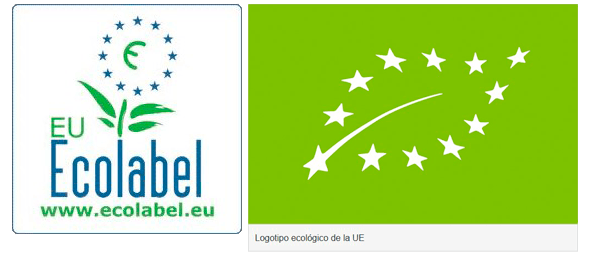How many of the products advertised on the market as “green” or “organic” really are? The technique known as greenwashing has become commonplace and can be seen in all sectors: fashion, banking, food, energy, etc. What can we do to avoid being fooled by this practice? In today’s article we explain what greenwashing is and how it works, as well as its consequences for the planet and consumers.
Table of contents
What is greenwashing and how does it work?
According to Ecovalia, the Spanish association of professional organic producers, the consumption of organic products has grown into a €2.5 billion business in our country. What this shows is that consumers are interested in protecting their own health and the environment and they are willing to change their habits in order to mitigate climate change through their actions.
This situation has led to companies adopting questionable communication strategies and practices aimed at transmitting to their target audiences misleading statements about their environmental values and their commitments to corporate social responsibility.
They are values that do not reflect the companies’ actual practices, since they continue to sell products that pollute or do not respect the environment. This type of strategy is known as greenwashing, a concept that has been around since the sixties and has become very popular of late.
As the name implies, greenwashing is an English term modeled on the word whitewash to describe a type of ecological whitewashing or eco-whitening.

These types of techniques originally consisted of simply donating to environmental causes or launching small “eco” collections. In recent years, however, these practices, which are not subject to any type of control, have become more sophisticated and have grown in popularity.
What are the consequences for consumers and for the planet?
These techniques are meant to mislead consumers for the sole purpose of increasing sales by conveying ideas that do not correspond to reality.
But aside from misleading consumers, they endanger the planet. Not only do they not deliver on the advertised benefits, but they also have a greater negative impact on the environment through increased consumption.
How to recognize greenwashing
In order to raise consumer awareness of these practices, we’ve drawn up a list of some of the most commonly used formulas that we would classify as greenwashing:
Recommendations to avoid “falling” for greenwashing

Nowadays, being green, ecological and environmentally friendly gives companies an edge over the competition, but in order to reap the benefits companies must assume all of the short- and long-term commitments.
At Bosquia, we’re not about shortcuts and we believe that the best policy is to show yourself as you really are.
